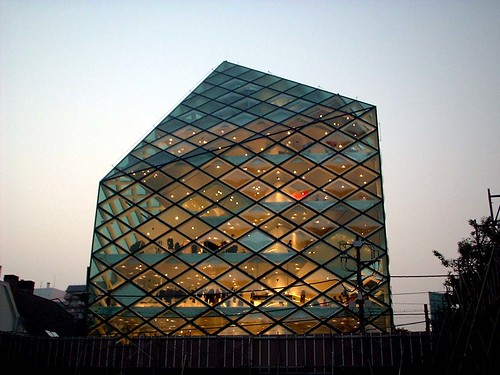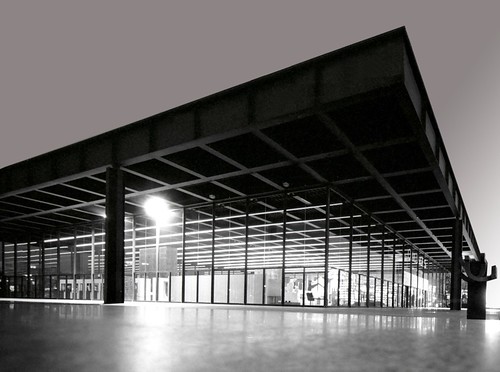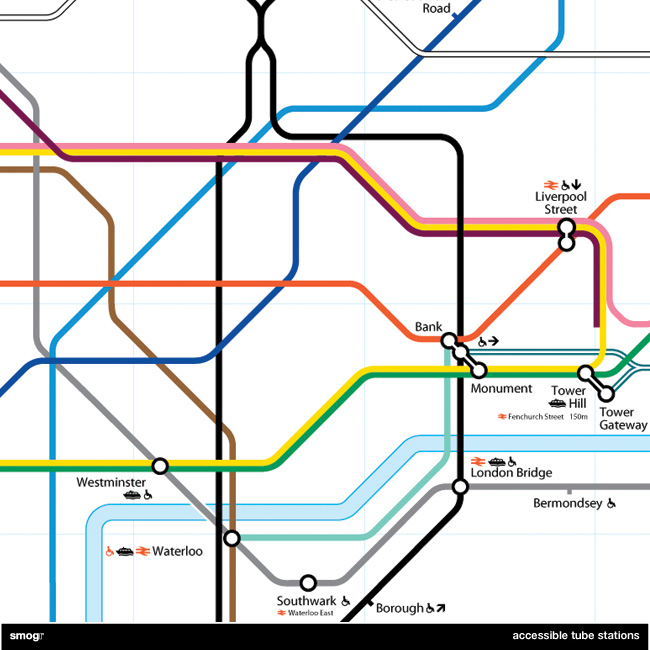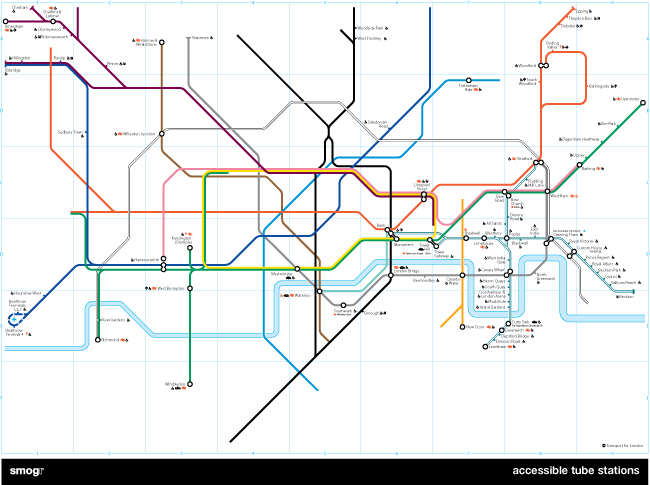
List of Pennsylvania Railroad stations:
- New York City, NY
- Newark, NJ
- Philadelphia, PA
- Baltimore, MD
- Pittsburgh, PA
- Cleveland, OH
- Cincinnati, OH (Pearl and Butler Streets Station)
List of jointly operated stations:

Detroit Publishing Company Photograph Collection: exterior & interior
Newark Pennsylvania Station – McKim Mead & White

Gottscho-Schleisner Collection (Library of Congress) & Newark Pennsylvania Station Interior
Philadelphia 30th Street Station

Historic American Engineering Record (Library of Congress)
Baltimore Pennsylvania Station

Historic American Engineering Record (Library of Congress)
Pittsburgh, PA Pennsylvania Station

Historic American Buildings Survey (Library of Congress)
Cincinnati Union Station

Central Union Station
Detroit Publishing Co. no. 071318.
Washington DC Union Station

National Photo Company Collection (Library of Congress).
Chicago Union Station

leftIn the waiting room of the Union Station & right Union Station concourse Farm Security Administration – Office of War Information Photograph Collection (Library of Congress)
Cincinnati Union Terminal

Union Terminal looking west
Historic American Buildings Survey (Library of Congress)







